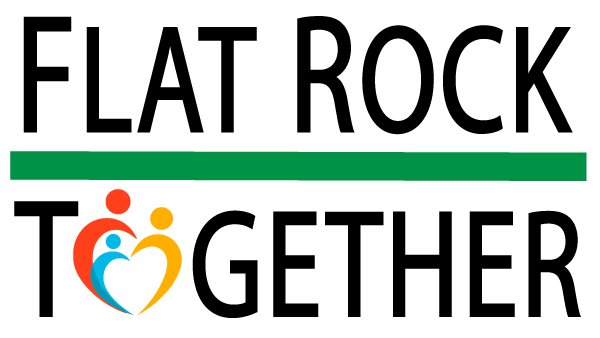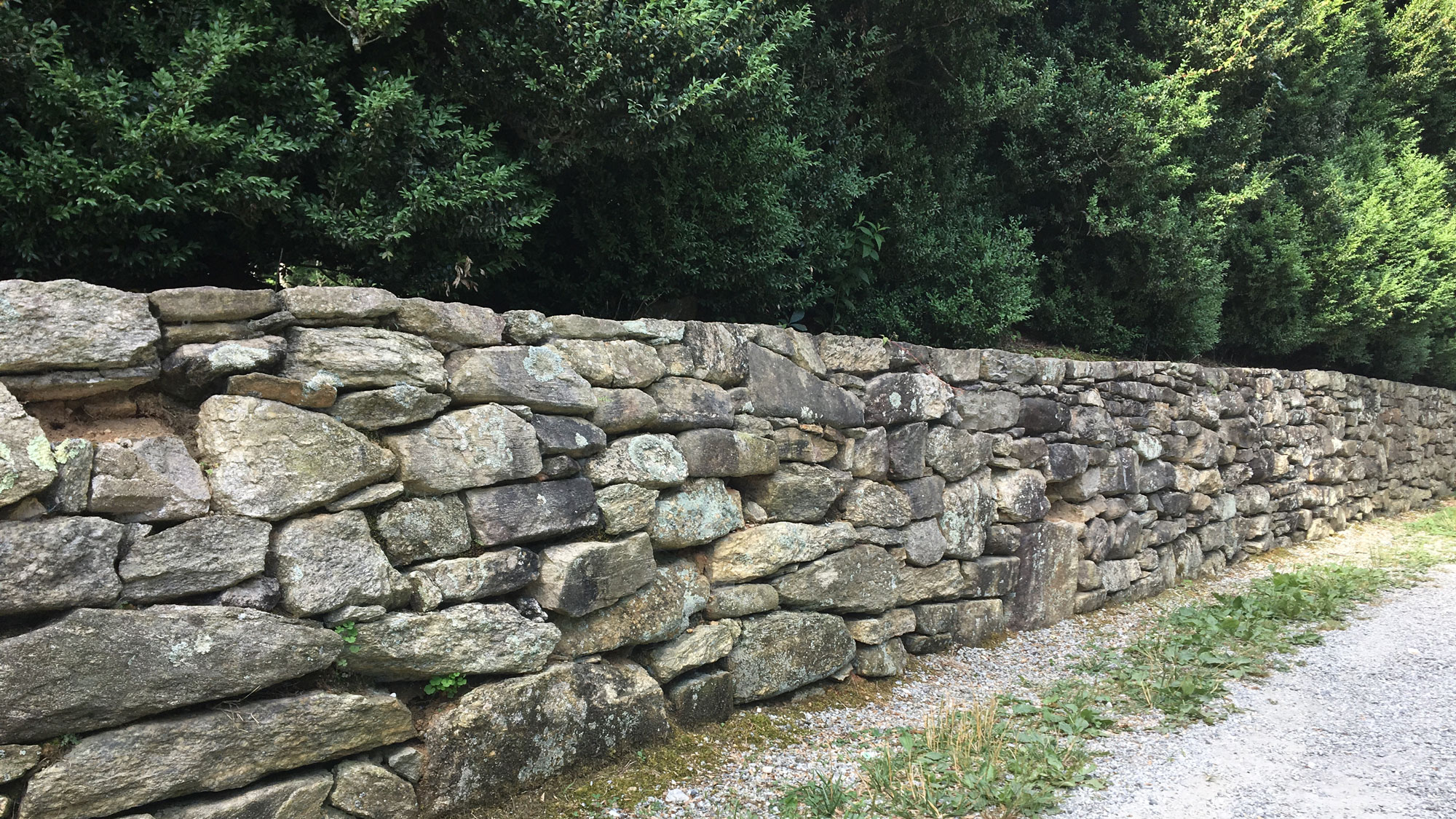Rutledge Cottage Memories
/By Missy Izard Schenck
On December 21, 2022, our family home in Flat Rock sold. Bought by Laurie and Alex Schenck in 1965, Rutledge Cottage became a year-round residence for the Schenck family and where four generations have enjoyed holidays, parties, family gatherings and weddings. It was well loved and the memories it holds will always be a big part of our lives.
In 1836, Dr. Mitchell Campbell King, the son of Susanna Campbell and Judge Mitchell King, a founder of the Flat Rock summer colony and builder of Argyle, purchased 293 acres from his father for 25 cents an acre to build his family estate, Glenroy, now a private country club and gated community called Kenmure. Kenmure and Rutledge Cottage are steeped in Flat Rock history originating in the King family. Once part of the same estate, their stories are intertwined and infused with generations of family events and meaning.
Dr. King and his wife built Rutledge Cottage which was first known simply as “The Cottage” for a temporary residence during the years of Glenroy’s construction. He hired Mr. Freeman, a Scottish architect and shipbuilder from Charleston, to design the estate. Built by local mountain craftsmen and constructed of lumber harvested on the place, there were 23 buildings on the property. Rutledge Cottage was fashioned in a German country style and completed in 1840. The Kings lived in the cottage until Glenroy was finished around 1856. The cottage and adjacent kitchen house were then placed on logs and pulled by oxen a mile down the hill on a carriage trail to their present site.
Rutledge Cottage is a two-story frame house with a tall front-gable façade and attached one story hip-roof side porches. The house is covered with weatherboards and capped by a standing-seam metal roof. The façade is embellished with scroll-sawn bargeboards, which are very characteristic of its German country design. A one-story kitchen wing projects to the rear and an attached shed-roof porch carried on square wood posts wraps around the rear elevation of the house and the side and rear elevations of the kitchen wing. The naturalistic landscape of the property includes a small lake, a low stone wall at the entrance, stone terraced steps and small spring ponds.
In 1857, the cottage land was separated from Glenroy and purchased for $4,000 by Frederick Rutledge of Hampton Plantation for his daughter, Elizabeth Pinckney Rutledge, a descendant of John Rutledge, Revolutionary War governor of South Carolina. She called the cottage “Forest Hill” and, along with her sister Sarah, she enjoyed this dwelling for more than 50 years. In 1908, Elizabeth Rutledge gave the house to her niece, Alice Rutledge Felder. I.K. Heyward purchased it and 50 acres known as the Forest Hill Tract in 1917 and named it Heyward House.
In 1920, Gordon McCabe II, a cotton broker of 50 South Battery in Charleston, purchased the Glenroy estate from Henrietta King Bryan and changed the name to Kenmure, after the Scottish home of the Gordon clan. McCabe acquired the house and the original 293 acres along with additional lands totaling 1,007 acres, including the cottage.
Rutledge Cottage was where Mary McCabe Dudley spent early summer years with her parents, Lydia and Gordon McCabe, Jr. and her sister, Katherine. From the minute Mary McCabe Dudley and I said hello, we knew the connection was strong. Both of us had walked this land, talked to its trees and felt the unique and historic presence of a place you carry within you and love. We laughed and cried as she shared wonderful stories of her Flat Rock times and blissful summer days with family and friends.
“Off to the side of the cottage was a well- traveled carriage trail that connected it to Kenmure, my grandparents’ home. It was our footpath to the lake and the big house. In the woods next to the trail were a barn and a cluster of ancient hemlock trees. We called this tranquil space in the woods, “Shady Place.” It was where my mother, sister and I would have afternoon tea parties or escape to read and be quiet in the woods. “It was our sanctuary,” states Mary. Those very same trees were the catalyst for the Schenck family purchase of the land in the early 1960s. Mary’s recollection of the trees confirms their magic and the kindred spirits who connected with them.
“When we were looking for a house, I wanted somewhere far enough from the road so I wouldn’t have to worry about the dogs and a space to garden,” said Laurie Schenck. “My husband wanted a place where he could walk out the door to fish and hunt. Everything they showed us was too big. Then one day a realtor called and said there was a new property on the market. The minute we came up on the driveway and I saw those trees I knew it was the right place, before I even saw the inside of the house.”
William Gordon McCabe, Jr., director of J.P. Stevens Textile Co. and Mary’s father, inherited the Kenmure property from his father and bought out his brother’s interest in the estate. Rutledge Cottage became the McCabe’s guesthouse once they moved over to Kenmure. “I loved Rutledge Cottage,” said Mary. “Both my sister and I had our weddings at Kenmure and our bridesmaids stayed at the cottage. The entire estate was a special place where many friends and family gathered. My cousins, the Westfeldts, would all come up from New Orleans and we had such fun.”
In the early 1960s, Gordon McCabe, Jr. decided to sell the cottage property and 25 acres to Laurie and Alex Schenck of Greensboro, North Carolina. In no time the Schencks renamed the house Rutledge Cottage in honor of the Rutledge family. They quickly became one of the best stewards of this historical gem where three years later, Alex Schenck founded Historic Flat Rock, Inc. Just prior to Laurie passing away in 2010, she placed a Historic Preservation Easement on the cottage and land. When the property passed on to my husband and me, it became our friends and family house and the best place to have a Flat Rock cocktail party, a tradition that Laurie Schenck was known for in the village.
“When our family first moved to Rutledge Cottage, Mr. McCabe would drive his World War II Jeep up the driveway on Sunday mornings and deliver a newspaper to our house,” recalls Sandy Schenck. Mary added, “My father was the Flat Rock paperboy! He would go get newspapers, several varieties and deliver them to everyone’s houses. It was part of his morning routine. He would use that same Jeep and attach the trailer to it for hayrides and picnics. I remember a windowpane Anna Heyward had written on with her diamond ring. I tried to do it with my ring, but it did not work,” Mary told me. Sandy Schenck, distinctly recalls the old lead windowpane etchings and his fascination with them. “They were throughout the house. One particular one held a mystery message, ‘RATS,’ etched on it. It’s still a mystery!”
When the Schencks bought Rutledge Cottage, it was to become a year-round residence. Always a summer place, this meant significant winterizing of the house and making it livable in mountain winters. The bones of the house were in great shape and the floor plan included four main rooms downstairs and four up, all with fireplaces. The plaster walls were taken back to the studs for new wiring and plumbing as well as insulation. The biggest transformation was the kitchen. A small shed on the property rumored to be the place Dr. King mixed medicines for his patients sat up above the current garage site. It was put on logs and rolled down to the main cottage building; attached and renovated as the new kitchen with a large bow window overlooking the garden. A small shelf that once was part of a window where patients would pick up medicines now hangs on the porch wall.
The guest house was the original kitchen to the cottage. The first floor was the cooking area and the second floor was a large sleeping porch used to house domestic servants. Massive cooking fireplaces and a beehive oven for baking are focal points of the guest house living room and bedroom. At some time, a wood stove was put in the living room of the guest house for additional cooking. The old chimney to it remains. The Schencks totally renovated the guest house into a charming cottage with three bedrooms. When the McCabes acquired Rutledge Cottage, they made one of the four rooms on the first floor of the main Cottage the kitchen. The Schencks took this space and divided it into two rooms to make an office and powder room. The fireplace is now hidden behind a wall in the powder room. One of the unseen treasures in the house is a stack of hand-sawn oak flooring in the attic; enough to cover the entire space. It is absolutely beautiful and 150 years old or older. I often dreamed of putting in stairs to the attic, flooring it with the wood and making additional living space there.
“Kenmure sold very soon after my father died. When I came back for the auction of the furniture and farm equipment, I stayed at Rutledge Cottage with the Schencks,” said Mary Dudley. My father was such a big part of Kenmure and I wanted to hold on to it. I always thought it would make a great school. As I sat at the breakfast table crying, Laurie Schenck just held me. Rutledge Cottage was where my Flat Rock summers began and where I said farewell to this era of my life. I was born part New Orleans and this was my Creole farewell.”
For decades our family enjoyed many memorable events at Rutledge Cottage; my favorites being our annual Christmas caroling party and a Spring Fling each May. Having grown up in a historic house in Charleston, Rutledge Cottage spoke to me. It always felt like home and was such fun to share with friends and family. We knew at some time, selling the house was imminent. It was important to us that the future owners of Rutledge Cottage understood historic homes and would love this place as we have.
About 10 years ago we hosted a cocktail party at Rutledge Cottage. Our friend Bay Chamberlain asked to bring a house guest of hers who was here delivering her children to summer camp. Ironically, this young mother from New Orleans was smitten by Rutledge Cottage and told Bay that if she was ever lucky enough to have a house in Flat Rock, she wanted it to be Rutledge Cottage. Whether it was timing or fate, when this same young mother and her husband approached us with an offer in November, we knew immediately this was the family to carry on the legacy of Rutledge Cottage. Their hearts were in it and when she promised me that she would love it as we have, I knew it was meant to be.
—-
Missy Izard Schenck was born and raised in Charleston, South Carolina. She resides in Flat Rock, North Carolina where her family runs a summer camp.







